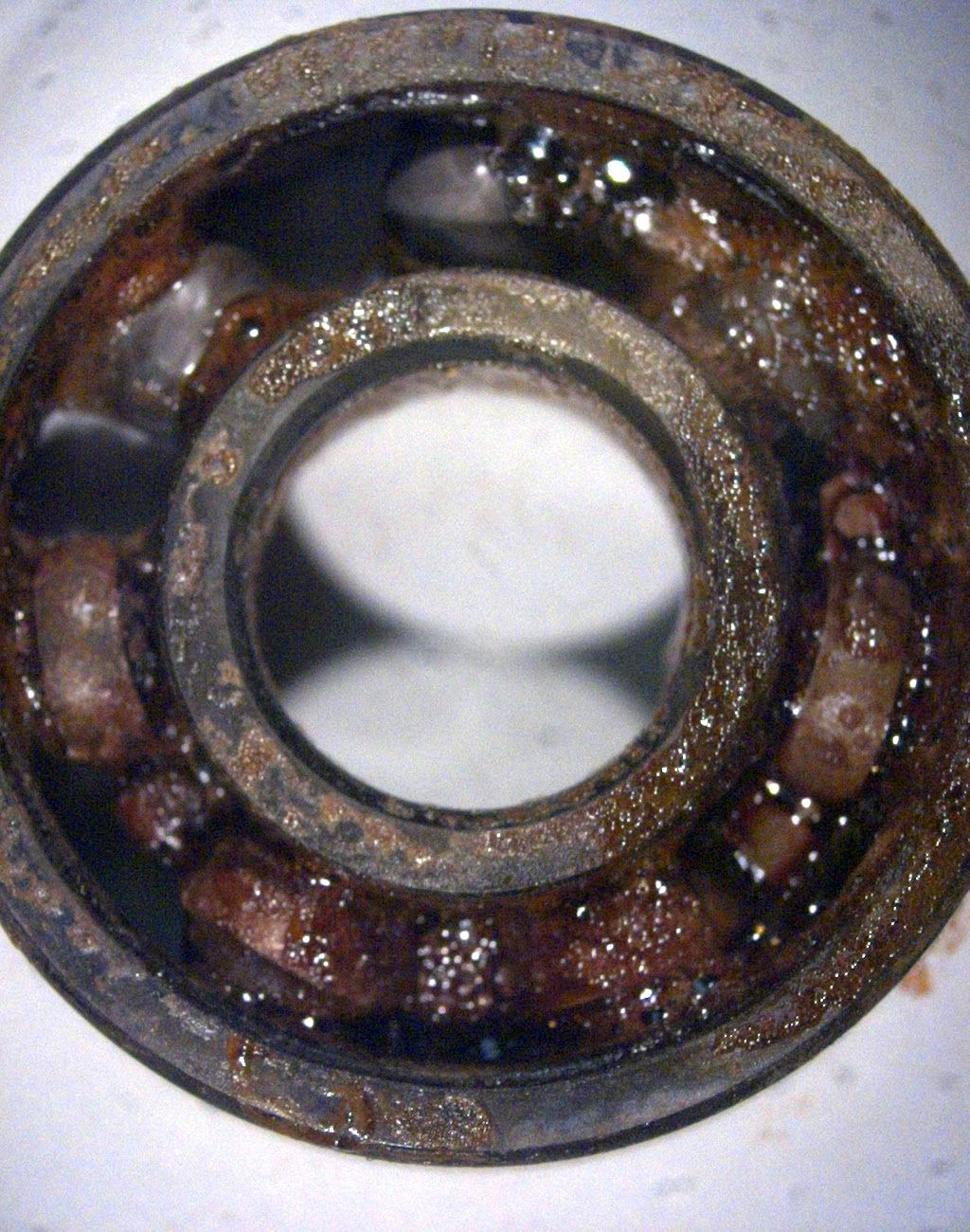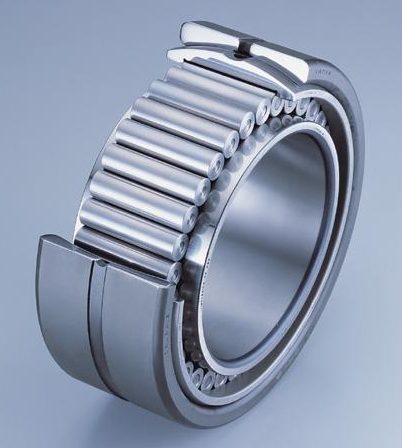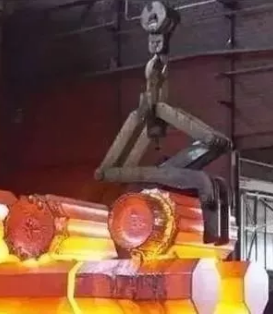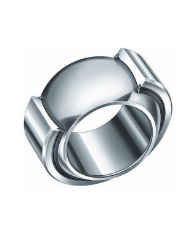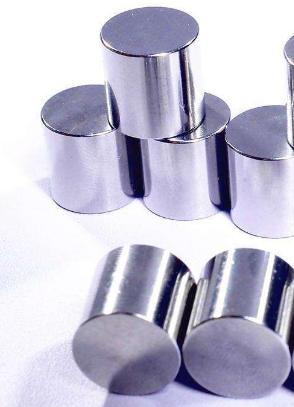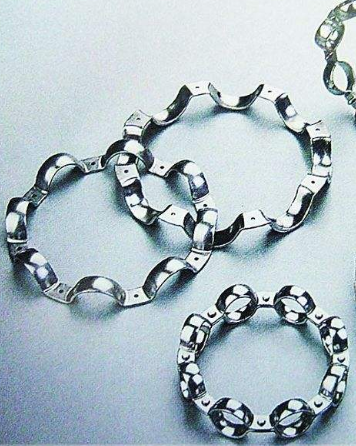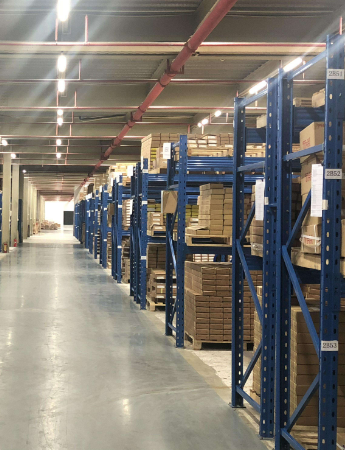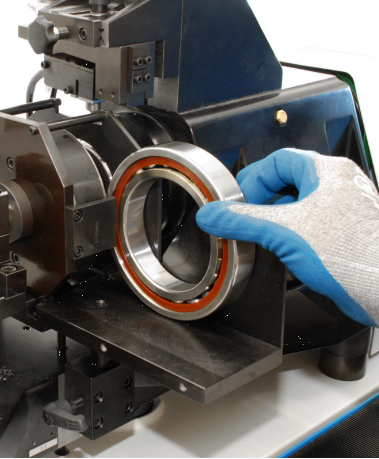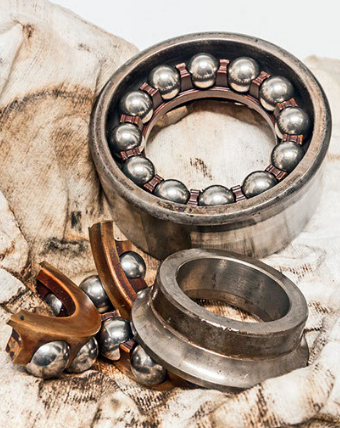Stainless steel and chrome steel are normally corrosion-resistant, not easy to rust. However, improper storage or handling at high humidity, condensation environment will reduce bearing life. How does the corrosion of bearings happen? If the bearing is prolonged exposure to water can cause rust. With the passage of time can cause peeling and crack formation, which are premature bearing failures. In addition, if the bearing is too loose or improper installated, contact corrosion will occur.. Bearing corrosion will reduce the machine performance and productivity, increasing the cost of operation. Common raceway corrosions include, bearing contact corrosion, corrosion of the outer surface and the inner ring of holes. How to prevent bearing corrosion? Prevention is the main thing. Here are some methods which can prevent bearing corrosion 壯陽藥 Use waterproof grease, it can form a protective barrier in the wet environment Add some protective coatings, such as chrome, nickel, zinc Adjust bearing, if it is suspected of contact corrosion Try to use a different material, in extremely corrosive environment, you can use ceramic bearings for example.
Most rolling-element bearings are either ball or roller bearings. The roller bearing family consists basically of cylindrical, tapered, spherical, and needle bearings. Needle roller bearings are the smallest and lightest of the roller bearing family. That gives them specific advantages for certain applications, particularly those requiring reduced weight and space. The high roller length-to-diameter ratio helped give the bearings their name as well as their operating characteristics. Essentially, needle roller bearings have: • Higher load capacity than single-row ball or roller bearings of comparable OD.• The ability to handle a larger, more rigid shaft in a given application.• Excellent rolling characteristics within a small cross section.• Generally lower cost, especially for the drawn-cup type compared with machined versions. Needle rollers The most economical type of needle roller bearing is a full-complement of loose needle rollers assembled directly between a hardened and ground shaft and housing. Generally, hardened end washers provide axial location. This type appears in many applications such as those where a hardened and ground gear bore serves as the outer raceway. When application requirements are met and assembly is not difficult, a full complement of rollers forms a bearing of small cross section and high load capacity. It…
When bearing steels are in their soft (unhardened) state, metallurgists refer to their structure as being in the pearlite state. In order to harden the steel it must be heated to a very high temperature and then cooled very rapidly. When heated in the heat treat furnace to 1,750°F, the structure transforms from pearlite to what is known as austenite. After quenching (very rapid cooling), the structure then transforms from austenite to martensite. Once transformed to martensite, the steel becomes very hard. However, at this point it is not considered “thermally stabilized”. This is because not all of the austenite transforms into martensite during the quenching process. This phenomenon is called “retained “austenite”. If the steel is not thermally stabilized, the retained austenite will over an extended period of time (possibly years) transform into martensite. This transformation is accompanied by an increase in volume that is called metallurgical growth (not to be confused with thermal growth). Metallurgical Growth will cause a change in dimension and form of any steel parts such as bearings’ even at room temperature. While not a problem with low precision commodity type bearings, in high precision (ABEC 5P, 7P, 9P) miniature bearings this lack of dimensional…
In our previous blog entry, we examined static and dynamic load ratings for spherical plain bearings. This week, we continue our look into this bearing segment with some further information on the operating life of spherical plain bearings, and factors which can shorten or extend their use. The service life of a spherical plain bearing operated under mixed or dry friction conditions is determined by the increase in bearing clearance or bearing friction caused by progressive wear of the sliding surfaces, plastic deformation of the sliding material, or fatigue of the sliding surface. Depending on the application, the permissible wear or permissible increase in friction will be different. This means that under the same operating conditions the service life which can be obtained in practice will be different. The service life of a spherical plain bearing is the number of oscillating movements, or the number of operating hours, which the bearing will service before a defined increase in bearing clearance or a defined increase in friction is reached. The effective service life is that life which will be attained by a given spherical plain bearing under actual operating conditions. It is determined by the magnitude and type of load, but also by…
We have assembled a wide variety of frequently asked questions (FAQs) about bearings (e.g. ball bearings, roller bearings, plain bearings, linear bearings) and bearing related products (and bearing services too). Just refer to the question you’re interested in below and you will be taken to a remarkably succinct, straight-forward, and accurate answer: Q1: Can bearings be refurbished? Yes, but it depends… Generally speaking, for small bearings it is uneconomical to attempt to refurbish a bearing product. However, for larger size bearings (6 inch bore and above) there potentially could be economic gains. In particular, bearings such as slewing rings, cylindrical roller bearings, and spherical roller bearings are candidates for refurbishing. But beyond the accumulated wear there are many other factors involved in this financial decision including maintenance cycles, lubrication, MTBF, environmental considerations and more. Q2: What’s The Difference Between Bearing Seals And Shields? Seals and shields are both in place to keep contaminants out of a bearing. In order of effectiveness, the enclosures that are offered are as follows: metal shields, rubber non-contact seals, Teflon non-contact seals, and rubber contact seals. Not surprisingly, as the sealing performance is increased, the torque required to turn the bearing will also increase due…
1) High carbon chromium bearing steel High carbon chromium bearing steel specified in JIS is used as a general material in bearing rings (inner rings, outer rings) and rolling elements (balls, rollers).Their chemical composition classified by steel type is given in “Table 13-1 Chemical composition of high carbon chromium bearing steel”.Among these steel types, SUJ 2 is generally used. SUJ 3, which contains additional Mn and Si, possesses high hardenability and is commonly used for thick section bearings.SUJ 5 has increased hardenability, because it was developed by adding Mo to SUJ 3.For small and medium size bearings, SUJ 2 and SUJ 3 are used, and for large size and extra-large size bearings with thick sections, SUJ 5 is widely used.Generally, these materials are processed into the specified shape and then undergo hardening and annealing treatment until they attain a hardness of 57 to 64 HRC. 2) Case carburizing bearing steel (case hardened steel) When a bearing receives heavy impact loads, the surface of the bearing should be hard and the inside soft.Such materials should possess a proper amount of carbon, dense structure, and carburizing case depth on their surface, while having proper hardness and fine structure internally.For this purpose, chromium steel…
Since the characteristics of materials used for cages greatly influence the performance and reliability of rolling bearings, the choice of materials is of great importance. It is necessary to select cage materials in accordance with required shape, ease of lubrication, strength, and abrasion resistance. Typical materials used for metallic cages are shown in Tables 13-3 and 13-4. In addition, phenolic resin machined cages and other synthetic resin molded cages are often used. Materials typically used for molded cages are polyacetal, polyamide (Nylon 6.6, Nylon 4.6), and polymer containing fluorine, which are strengthened with glass and carbon fibers. Koyo
In shipping bearings, since they are covered with proper anti-corrosion oil and are wrapped in antitarnish paper, the quality of the bearings is guaranteed as long as the wrapping paper is not damaged. If bearings are to be stored for a long time, it is advisable that the bearings be stored on shelves set higher than 30cm from the floor, at a humidity less than 65%, and at a temperature around 20℃. Avoid storage in places exposed directly to the sun’s rays or placing boxes of bearings against cold walls. Koyo
Periodic and thorough maintenance and inspection are indispensable to drawing full performance from bearings and lengthening their useful life. Besides, prevention of accidents and down time by early detection of failures through maintenance and inspection greatly contributes to the enhancement of productivity and profitability. Cleaning Before dismounting a bearing for inspection, record the physical condition of the bearing, including taking photographs.Cleaning should be done after chec壯陽藥 king the amount of remaining lubricant and collecting lubricant as a sample for examination. A dirty bearing should be cleaned using two cleaning processes, such as rough cleaning and finish cleaning.It is recommended that a net be set on the bottom of cleaning containers. In rough cleaning, use brushes to remove grease and dirt. Bearings should be handled carefully. Note that raceway surfaces may be damaged by foreign matter, if bearings are rotated in cleaning oil. During finish cleaning, clean bearings carefully by rotating them slowly in cleaning oil. In general, neutral water-free light oil or kerosene is used to clean bearings, a warm alkali solution can also be used if necessary. In any case, it is essential to keep oil clean by filtering it prior to cleaning.Apply anti-corrosion oil or rust preventive grease…
It is important for enhancing productivity and profitability, as well as for accident prevention that abnormalities in bearings are detected during operation.Representative detection methods are described in the following section. 1)Noise checking Since the detection of abnormalities in bearings from noises requires ample experience, sufficient training must be given to inspectors. Given this, it is recommended that specific persons be assigned to this work in order to gain this experience.Attaching hearing aids or listening rods on housings is effective for detecting bearing noise. 2)Checking of operating temperature Since this method utilizes change in operating temperature, its application is limited to relatively stable operations.For detection, operating temperatures must be continuously recorded.If abnormalities occur in bearings, operating temperature not only increase but also change irregularly.It is recommended that this method be employed together with noise checking. 3)Lubricant checking This method detects abnormalities from the foreign matter, including dirt and metallic powder, in lubricants collected as samples.This method is recommended for inspection of bearings which cannot be checked by close visual inspection, and large size bearings.
